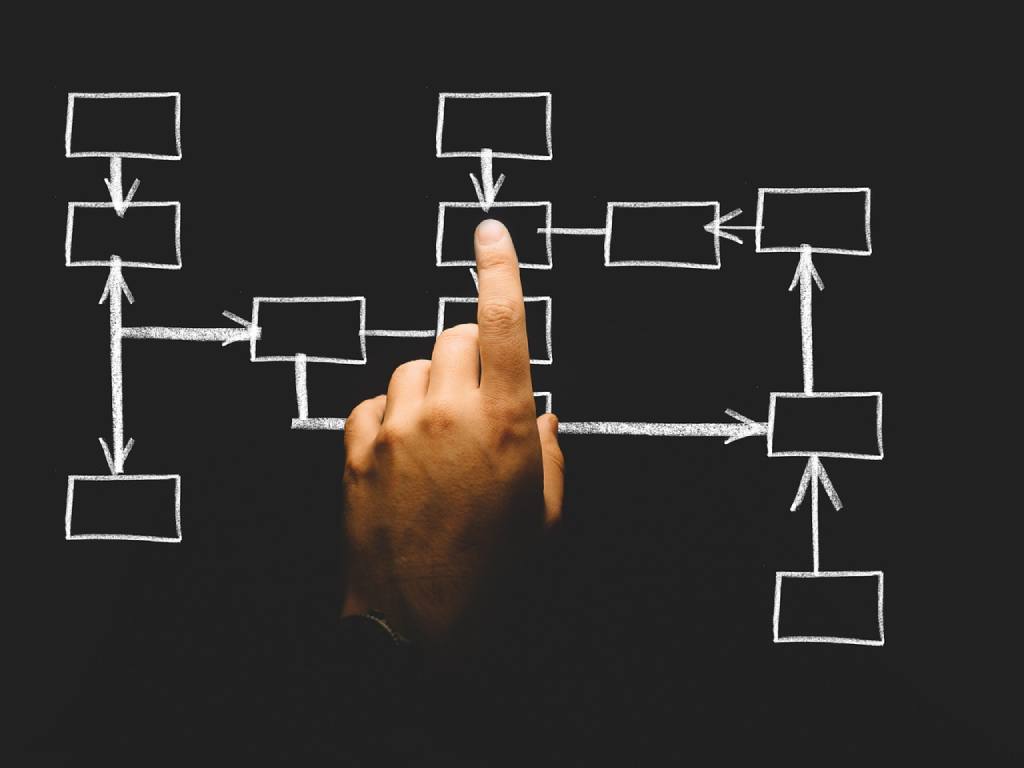
IESE Insight
Is a matrix organization right for you?
Companies often confront complex situations that require agility and innovation. In such situations, a matrix model of management with multiple chains of command can be a great help. Yet implementing this model is not always easy and may be risky.
Is your company ready to adapt and innovate in a business climate of great uncertainty? Is it flexible and does it inspire creativity in its employees? Does it foster interdepartmental cooperation? Ultimately, does it have the right management structure to confront complex and changing times?
A company can reach many of these objectives if it adopts a matrix model of management. The matrix approach strives to combine the best of the two most common organizational models: organizing by function (i.e., type of work performed) and organizing by division (i.e., type of product created or market served).
However, the implementation of a matrix structure that meshes these two approaches — with two or more chains of command — can come with certain drawbacks, due to its complexity.
In their technical note on the matrix organization, Sebastián E. Lavezzolo and Carlos Rodríguez Lluesma of IESE explain this structure's basic aspects, advantages and how to confront problems that may arise during its implementation.
How does a matrix organization work?
A matrix organization's distinctive feature is that its structure acknowledges two or more dimensions of work and adopts a corresponding dual chain of command: It assigns responsibility to functions (for example, marketing, finance or R&D) and also to divisions organized according to products or markets.
Compared to the traditional functional or divisional structures, this approach is less hierarchical and siloed. Instead it sets forth an alternative way of working where people and roles are intertwined and complementary.
The matrix organization permits greater autonomy and encourages cooperation between different specialized areas and departments. It also establishes new relationships in the chain of command and offers employees the opportunity to acquire functional or general skills.
The technical note explains that a matrix organization is particularly useful when the company requires a double or triple focus related to task, product, technology or a geographic market's peculiarities. In addition, the approach is especially useful in highly complex environments.
In these cases, the matrix structure has two great advantages: its ability to adapt and innovate. Yet the key for this latticework to interoperate smoothly is for all parts of the organization to be in agreement and fit well together: if they do not, then the structure won't work. That's why dialogue between all the different parts involved is paramount.
The risks of the matrix
The technical note lists the model's eight most common problems that business leaders need to address as soon as they arise.
- The propensity toward anarchy. To avoid chaos, senior managers should understand who does what and maintain good working relationships among themselves.
- Power struggles. It is essential to maintain a balance of power among executives in order to minimize risk and increase the quality of decision-making. To head off infighting or power struggles, executives should realize that gaining too much ground can risk losing everything in the end.
- "Groupitis." Managers should understand what a matrix is and what it is not; matrix management is not synonymous with group decision-making.
- Collapse during a crisis. In order to avoid fallout in tough times, the organization should foster and improve its top exe
cutives' planning and management skills. - Excessive overhead. To control general expenses, senior management should lay off excess personnel gradually, assign managing roles on the same side of the matrix, or create functional matrices organized by client-type.
- Uncontrolled proliferation of layers. To ensure that a manager from any one of the dimensions does not feel threatened or bereft of power, a balance of power within the matrix is essential.
- Navel-gazing. Senior managers cannot lose contact with the external market and should be able to institutionalize matrix links.
- Decision strangulation. Each executive must be able to delegate responsibilities and must be familiar with the matrix dynamic. For its part, management should avoid unilateral decisions.
Keys to successfully managing a matrix organization
Lavezzolo and Rodríguez-Lluesma also examine the conditions that are necessary in order for this type of organization to prosper. They advise:
- Understand the rationale for the matrix, in which roles are well defined.
- Establish dual checks and systems of evaluation.
- Promote leaders who know how to work with parallel decision-making processes.
- Foster an organizational culture conducive to negotiating conflicts and balance of power.
- Acknowledge the existence of different types of authority.
- Give executives autonomy, with one in charge of balancing out the chains of command.
- Learn to live with ambiguity, using dialogue to resolve conflicts.
- Develop effective links to create consistency between the various parts of a company.
Despite the occasional doubts and confusion that this model may evoke among senior managers, its advantages under certain conditions are undeniable. This is why it is important to understand its basic characteristics and pros and cons. In this way it is easier to evaluate whether it could be a useful system to implement in your company.
If you liked this article, you might also be interested in “How to make the matrix work” from IESE Insight Issue 26 (Q3 2015).
